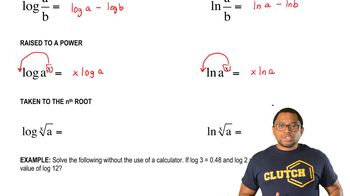Draw the structure for the amino acid represented by each of the following abbreviations:
d. Y
 Verified step by step guidance
Verified step by step guidance



Draw the structure for the amino acid represented by each of the following abbreviations:
d. Y
Draw the structure for each of the following amino acids and put an asterisk (*) next to any chiral carbon centers in your structure:
b. lysine
Meats spoil due to the action of enzymes that degrade the proteins. Fresh meats can be preserved for long periods of time by freezing them. Explain how freezing meats works to prevent spoilage.
Write the products for the following condensation or hydrolysis reactions:
a. <IMAGE>
Consider the following tripeptide:
<IMAGE>
a. Circle the N-terminal amino acid, and give its name. Draw a square around the C-terminal amino acid, and give its name.
Consider the following tripeptide:
<IMAGE>
b. Give the one-letter and three-letter abbreviations of this tripeptide.